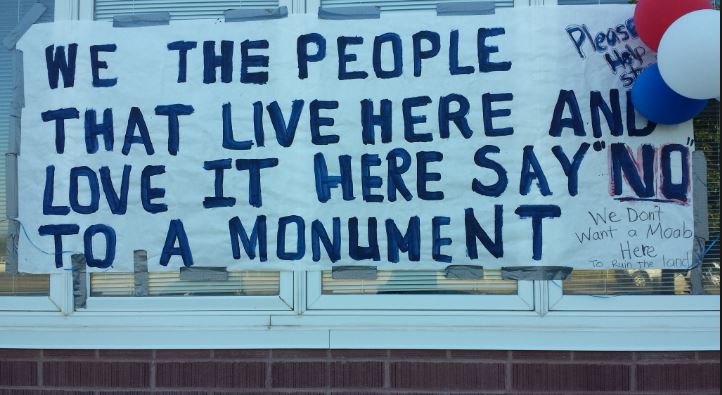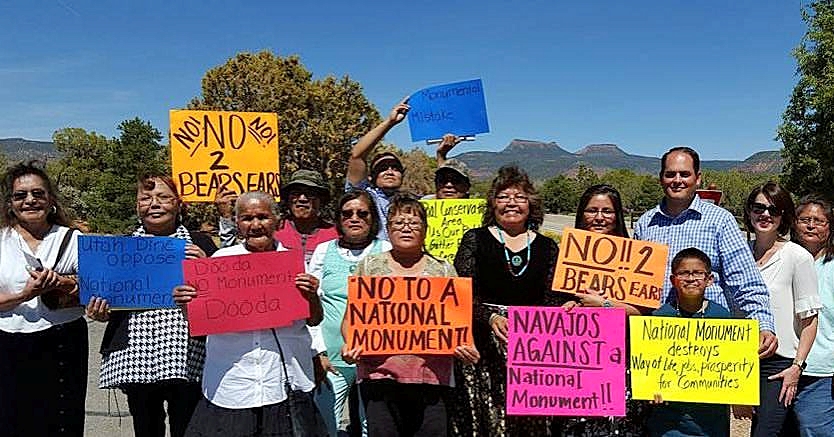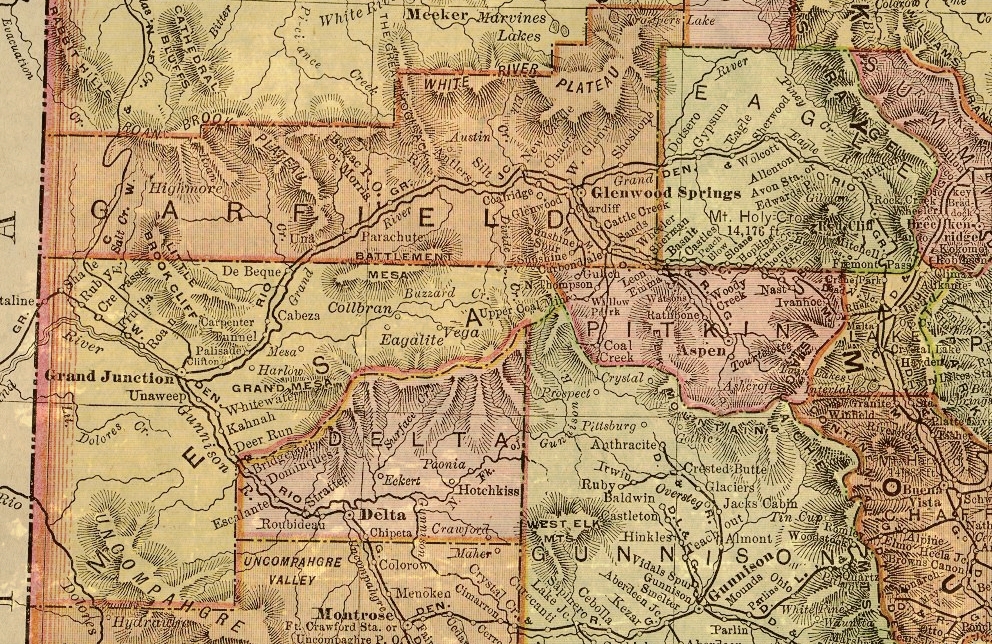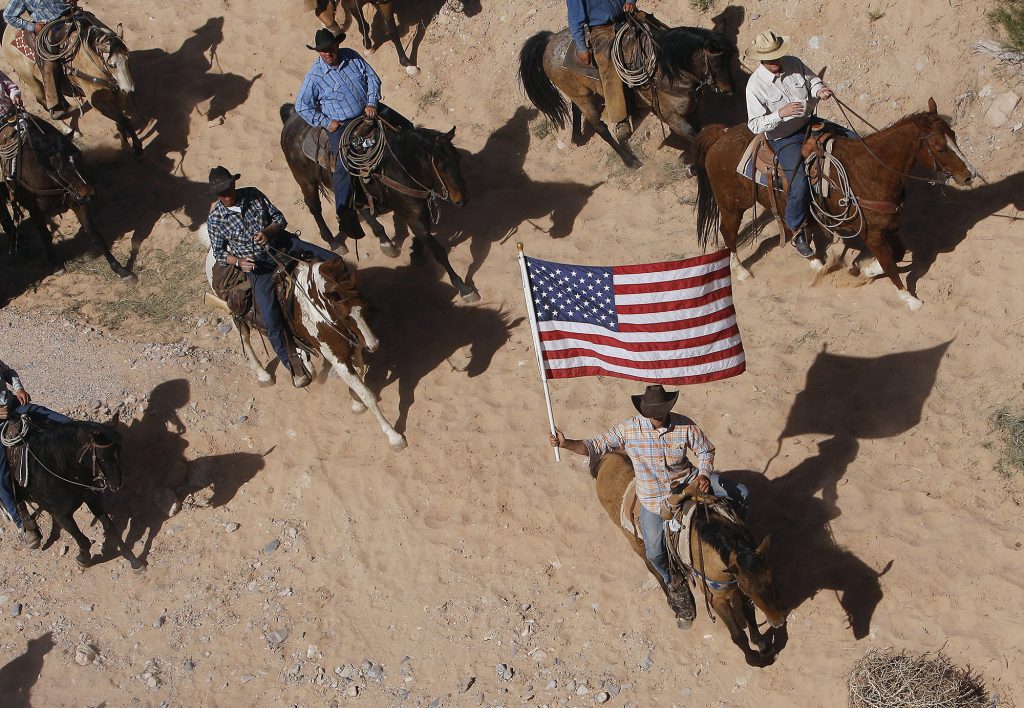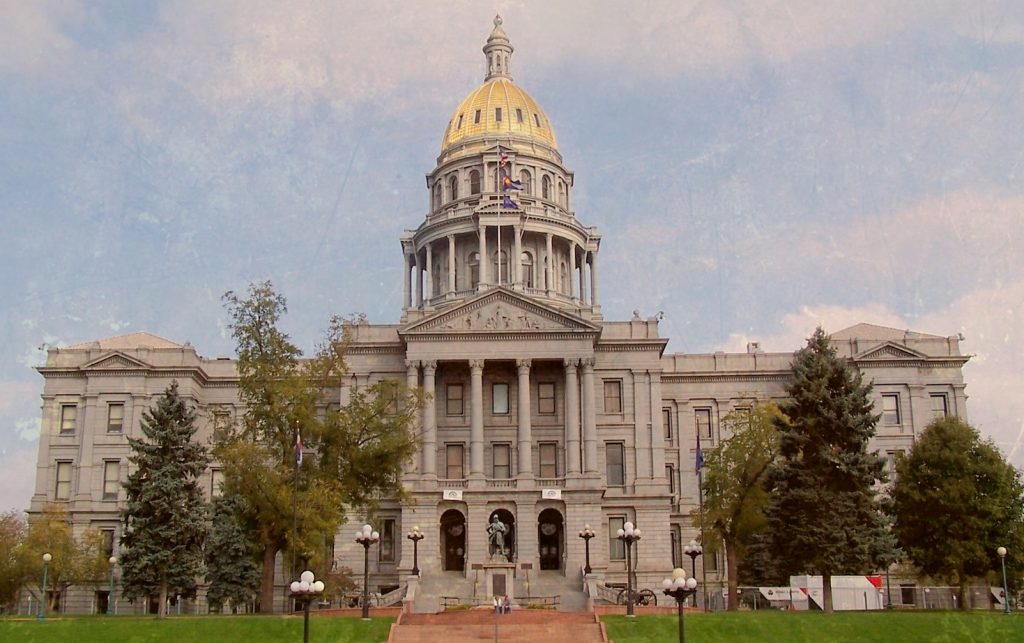The Navajo Nation Aneth chapter, one of the chapters closest to the monument, rejected the proposal. Many Native Americans have stood up against this designation from the beginning. They have already lived through too many broken government promises and witnessed the results.
Kara Laws
Directly from the Presidential Proclamation that created the Bears Ears National Monument, “Nothing in this proclamation shall be deemed to enlarge or diminish the rights or jurisdiction of any Indian tribe.“
The tribes do not have anymore jurisdiction over the land as they did before the monument designation. Co-management promised a joint and equal division of power. The proclamation clearly states that the Bears Ears Commission will not be anything more than an advisory council. They hold no jurisdiction. They hold no power. They have no way to hold the government to their promises.
A far cry from what was promised.

Photo by Brook Pherson
The proclamation also states, “[A] Bears Ears Commission (Commission) is hereby established to provide guidance and recommendations on the development and implementation of management plans and on management of the monument.”
The BLM answers the co-management question this way: “… a Bears Ears Commission has been created that will enable tribes to share information and advice with federal land managers. While tribal input will be carefully and fully considered during such planning and management, the BLM and USFS retain ultimate authority over the monument”
Again, the Bears Ears Commission is nothing more than an advisory council. The Department of Interior, only has to write a letter to dismiss the commission’s advice. There are no requirements as to what the reasons may be. All advice and recommendations can be denied at anytime, for any reason.
Does this feel like equal management to you?
The tribes do not have any more jurisdiction over the land than they did before the monument designation. Co-management promised a joint and equal division of power.
That was another broken promise.
The proclamation also features a paragraph on what will happen “should the Commission no longer exist”. I will save you the read, the answer is: essentially nothing. The Department of Interior is to reach out to the tribes and then continue making decisions for the land.
This is not co-management. This was never co-mangement. To say otherwise is neither honest nor educated.
Perhaps this is why so many tribal members are fighting against the monument designation. The Navajo Nation Aneth chapter, one of the chapters closest to the monument, rejected the proposal. Many Native Americans have stood up against this designation from the beginning. They have already lived through too many broken government promises and witnessed the results.
In the last three years, the drinking water that runs through the Navajo Nation was poisoned twice by this same government. No clean-up was offered. No restitution was given. They were told to wait until the toxins settled on the bottom of the river, then it would be save to drink again.
Now, these same Native Americans are being asked to hand over unfettered management of lands, lands that they use to survive, to the same government. They are being told lies about co-management and equality. But, the Native Americans are a force to be reckoned with and they will no longer be stepped on by a government that does not even allow them to own their reservation lands.
This guise of co-management is an insult and this is one of the many reasons why so many Native Americans stand strong against the Bears Ears National Monument.

The Bears Ears Commission will be made up of five elected leaders one from each of the following tribes: Hopi Nation (184)*, Navajo Nation (borders)*, Ute Mountain Ute Tribe (20)*, Ute Indian Tribe of the Uintah Ouray (294)*, and Zuni Tribe (209)*. Historically, the history and relationship between these tribes has been less an amicable.
*shows miles from the Bears Ears National Monument
You can learn more about the effort to rescind the monument, here.
